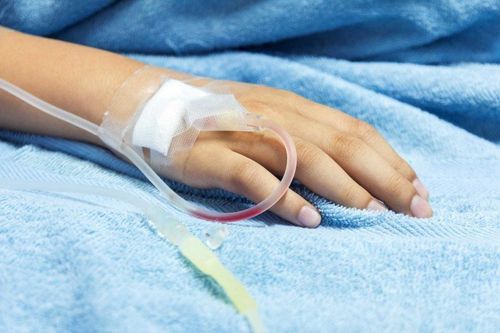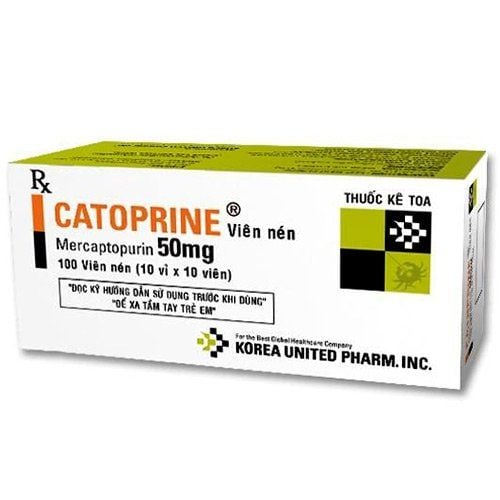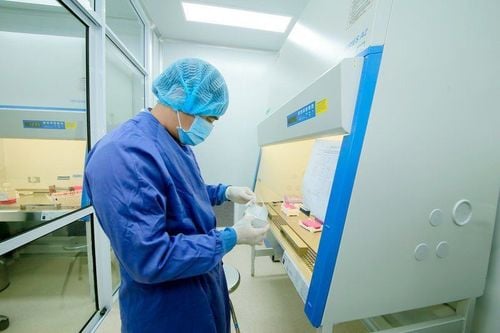This is an automatically translated article.
This article was written by Dr. Phung Tuyet Lan - Head of Pediatric Inpatient Unit 3, Children's Center - Vinmec Times City International General Hospital.Hematopoietic stem cell (TB) transplantation is the process by which donor hematopoietic stem cells are transfused to a recipient with the aim of growing and replacing part or all of the recipient's hematopoietic cell system. Stem cell sources can come from bone marrow, peripheral blood, or umbilical cord blood.
1. Indications for stem cell transplantation in children
Depending on the donor, hematopoietic stem cell transplant is divided into autologous or allogeneic, donor can be from family (father, mother, brother, sister) or not kin, may be fully or partially HLA compatible.
Hematopoietic stem cell transplantation is now indicated in the treatment of a number of benign and malignant blood diseases, certain types of solid tumors and autoimmune and metabolic diseases.
In children, allogeneic stem cell transplantation is indicated in hematologic malignancies such as acute myeloid leukemia and lymphocytic leukemia after the patient has achieved remission with conventional chemotherapy, and the outcome is satisfactory. Depending on the disease, it can reach 60-80%. Allogeneic stem cell transplantation in children is also indicated in benign hematological diseases such as thalassemia, sickle cell disease, congenital or autoimmune myelosuppression with a success rate of 60-90%.
In addition, some rare genetic diseases such as immunodeficiency, metabolic disorder also have indications for transplantation soon after diagnosis to avoid damage to special organs of the central nervous system or complications. danger to life.
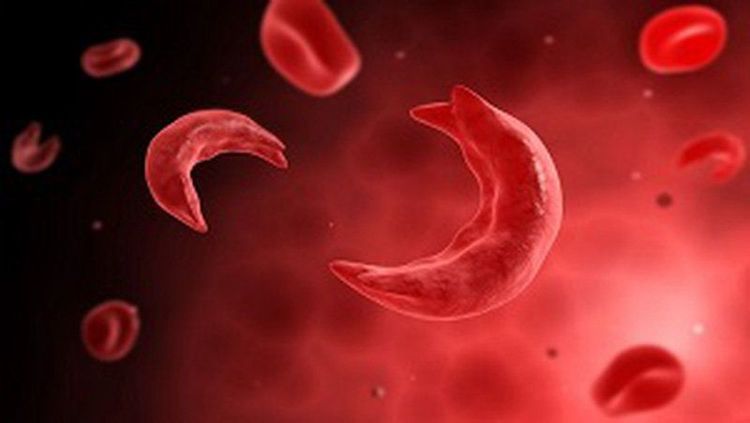
Autologous stem cell transplantation, as opposed to allogeneic stem cell transplantation, does not have the effect of the graft on malignant cells in the host, but the assistance of autologous stem cells of the graft will allow the use of Chemical doses much higher than conventional chemicals bring maximum therapeutic effect.
In children, autologous stem cell transplantation is indicated as standard treatment for patients with high-risk neuroblastoma, some other solid malignancies, such as high-risk myeloma/ Occur again periodically.
In addition, in some cases of tumor recurrence or progression: lymphoma, sarcoma, germ cell tumor, nephroblastoma ... autologous stem cell transplantation has also shown certain effectiveness.
Children's stem cell transplantation requires special attention because of late side effects and complications on the developing body, including organ dysfunction, delayed development of hormone glands, and delayed growth. physical development, damage to teeth and skeletal system, and cancer risk in patients with congenital chromosomal disorders.
In recent years, the development of therapeutic regimens to reduce the dose, improve the quality of supportive therapy and diagnose early complications have significantly reduced mortality from transplantation.
Besides that success, doctors still have a lot of difficulties in choosing a suitable person and sourcing stem cells because it is rare to find a patient with a perfect match for HLA.
Currently, hematopoietic stem cell transplantation as well as organ transplantation both lack suitable human resources. In allogeneic hematopoietic stem cell transplantation, many cases of transplantation using haploidentical HLA-matched donor stem cells have also been successful. This is thanks to the support of target cell population selection methods such as T-cell depletion or CD34+ cell selection (CD34+ selection).
2. Complications after transplantation and steps of stem cell transplant procedure

Post-transplant complications, especially rejection and Graff-versus-host Disease (GVHD), severe infections have reduced the success of the transplant process.
Therefore, choosing the most appropriate transplant regimen and stem cell source for each patient, preventing complications after transplantation plays an important role in the success of the transplant.
Steps to carry out the stem cell transplant process include:
Donor selection Stem cell source selection and stem cell collection Pre-transplant treatment (conditioning treatment) Post-transplant follow-up and treatment ( graft monitoring and management of complications). Donor Selection: The Major Histocompatibility Complex (MHC) or in humans is called Human Leukocyte Antigen (HLA) consists of a group of genes located on the short arm of chromosome number 6 produces HLA antigens, including 2 main classes: I and II. HLA class I is present on all nucleated cells of the body while HLA class II is present mainly on B lymphocytes and monocytes. , and dendritic cells.
HLA antigens play an important role in tissue matching between the recipient and the graft. Therefore, in order to avoid graft rejection (graft rejection) or graft-versus-host disease, it is necessary to have a certain similarity in HLA antigens of the donor and recipient body.
Matching selection based on HLA match: HLA perfect match (usually the donor is the patient's siblings); HLA is incompletely matched; HLA matched haplotype (usually the donor is the patient's parents).
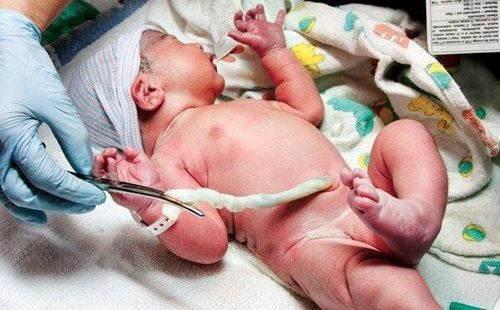
Pre-transplant treatment of hematopoietic stem cells (conditioning treatment): In hematopoietic stem cell transplantation, it is necessary to create gaps in the marrow before transplantation so that the transplanted cells can reside and reproduce . In addition, in some patients, immunosuppressive drugs are required to prevent graft-versus-host disease reactions.
For hematopoietic stem cell transplants, there are generally three steps of conditioning treatment including: Chemotherapy (pre-transplant marrow destruction), Immunotherapy, Prevention of graft-versus-host disease (GVHD) ).
Selection of the source of hematopoietic stem cells: From bone marrow: The most commonly used method of stem cell selection today is the method of using immunomagnetic techniques with monoclonal antibodies to select cells. CD34+ hematopoietic stem cells. From Hematopoietic Stem Cells From Peripheral Blood: Hematopoietic stem cells are present very little in peripheral blood. However, under the influence of hematopoietic growth factors, it is possible to increase the mobilization of hematopoietic stem cells in the peripheral blood marrow. These cells can be obtained by dialysis (apheresis). There are many drugs used to mobilize peripheral hematopoietic stem cells such as G-CSF, GM-CSF, interleukin-3. From cord blood stem cells: These are young cells, so these are also the cells that can pass through the recipient's immune barrier most easily. However, the amount of hematopoietic stem cells in umbilical cord blood is not much, so it is often used for transplantation in patients with low weight. Selection and pre-transfusion stem cell treatment:
The choice of stem cell treatment method depends on the degree of HLA matching between the donor and recipient. Prognosis is best when the donor is HLA identical.
Patients who cannot find HLA-matched hematopoietic stem cells completely will be selected for HLA haploidentical (haploidentical) donors, which may or may not be related.
Due to limitations in Vietnam, the number of donors in marrow banks is still very small, so it is very difficult to choose a donor who is not related by blood from the marrow bank.
Therefore, HLA haploidentical haploidentical donor stem cell transplantation may be a solution, however this method requires pre-transplantation of stem cells to minimize rejection and morbidity. GVHD anti-host graft.

Treatment and management of complications after marrow transplantation:
Early complications: including complications within 100 days after marrow transplantation. Common complications are gastrointestinal mucosal ulcers, bleeding, bacterial infections, fungal and viral infections, and especially acute graft-versus-host disease (GVHD), so patients must be closely monitored and detected for complications. symptoms as early as possible for prompt treatment. Late complications: chronic GVHD graft-versus-host disease with manifestations of autoimmune disease. The cause of acute and chronic graft-versus-host disease complications is due to immune conflict between donor and recipient T lymphocytes. This pathology occurs with severe skin lesions, hardening of the subcutaneous tissue, easy infection, which can lead to death. In addition, post-transplant patients are also at high risk of infection due to prolonged immunosuppression. Complications during and after transplantation are very serious and dangerous, requiring doctors and medical facilities to be best prepared to ensure the entire transplant process takes place safely and effectively. In summary, hematopoietic stem cell transplantation is now increasingly developed with indications not only for benign and malignant blood diseases, but also for solid tumors, autoimmune-autoimmune diseases, and metabolic diseases. .
Along with the improvement of transplantation techniques, stem cell processing technology and hematopoietic stem cell transplantation adjuvant therapies have led to very encouraging results and become a potential treatment offers the opportunity to save lives for patients with serious illnesses or ineffective treatment with conventional methods.
This is a high-tech treatment method with a combination of many specialties such as hematology, oncology, radiation therapy, testing systems, psychology, nutrition, infectious diseases... best results.
Vinmec International General Hospital is one of the hospitals that not only ensures professional quality with a team of leading medical doctors, modern equipment and technology, but also stands out for its examination and consultation services. comprehensive and professional medical consultation and treatment; civilized, polite, safe and sterile medical examination and treatment space.
Please dial HOTLINE for more information or register for an appointment HERE. Download MyVinmec app to make appointments faster and to manage your bookings easily.






